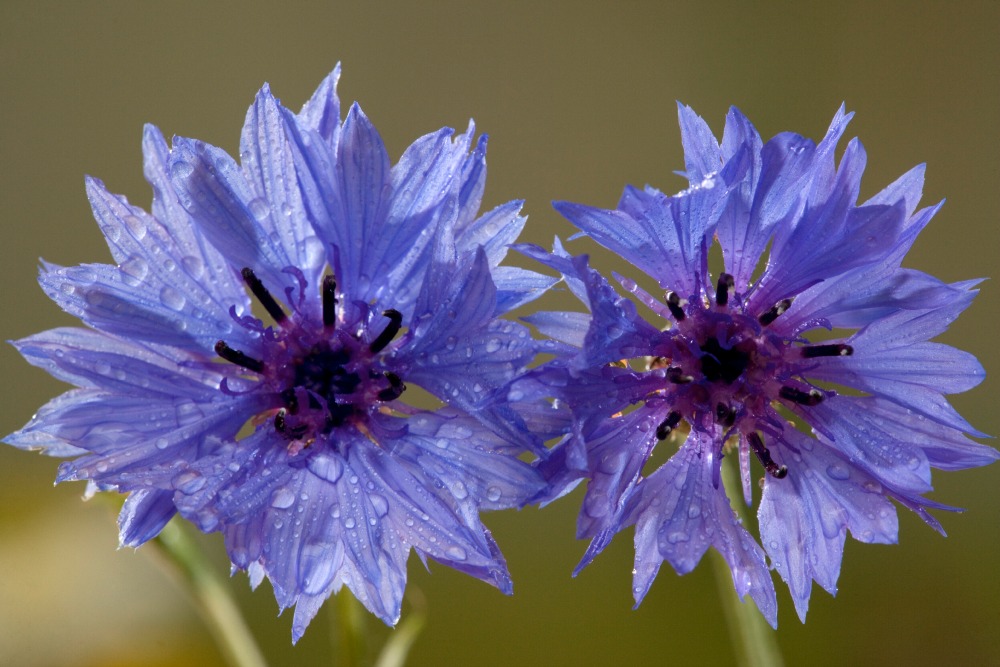British wild flowers have long been the heart and soul of our countryside. From the humble cow parsley to the rare chickweed-wintergreen, the appearance and spread of these delights can herald the change in seasons long before cultivated varieties. But why is it so important to conserve and protect our nation's wild flowers?
- You will help to prevent rare plants from becoming extinct.
- Insects - and bees in particular - will enjoy the nectar and pollen the flowers offer.
- In turn, birds will feed on these insects and also the seed heads once autumn arrives.
"None can have a healthy love for flowers unless he loves the wild ones."
(Forbes Watson)
So we've established that wild flowers are essential to the flora and fauna of the countryside, now the question remains - which flowers should you grow? Here's a round up of my favourites:
CORNFLOWER (Centaurea cyanus)
Originally a common cornfield plant, there are now only 100 ancient cornfield sites known and numbers are dramatically declining.
DOG ROSE (Rosa canina)
Though its flowering season is short, this hedgerow shrub's simple pink flowers are worth every moment they are in bloom. It is virtually scentless, but the red-orange hips that follow the flowers more than make up for that.
HAREBELL (Campanula rotundifolia)
Similar in appearance to the bluebell, the harebell is a flower of dry, open, windy places from the hills to the sea. Its delicate translucent petals bob slowly in the breeze and the clumps are pretty additions to hillsides and verges. My favourite overall.
HONEYSUCKLE (Lonicera periclymenum)
The heady scent of honeysuckle is evocative of muggy summer evenings and golden hours. Nothing smells quite like it.
SNOWDROP (Galanthus nivalis)
Brought to the country by gardeners in the 16th century, this much loved flower is a welcome sight as the depths of winter draw to a close. It is a sign that life is emerging and signifies the cusp of seasonal change.
One of the easiest ways to encourage wild flowers is to leave part of your garden free of cultivation; simply leave a corner or an area of your lawn, avoid mowing the grass and throw a few wild flower seeds into the mix as the weather begins to warm in the spring months. It may take a little time to notice a difference, but believe me it will be worth it once life begins to emerge from your soil.
What's your favourite wildflower?
All photographs courtesy of Bob Gibbons.












